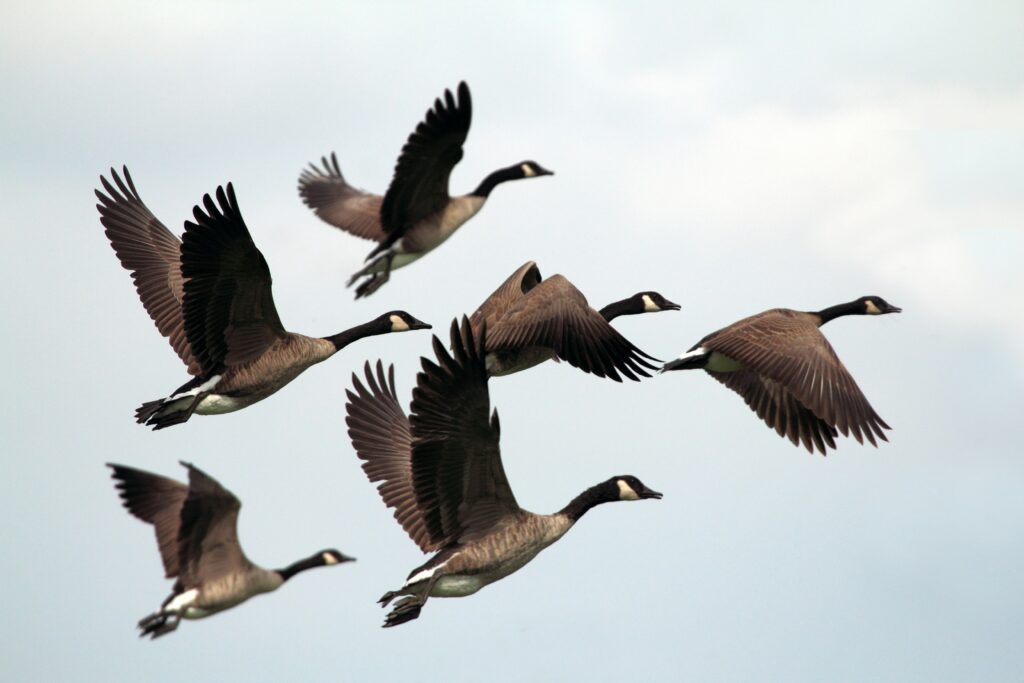目次
七十二候「鴻雁北」:春を告げる雁の旅立ち
日本語
七十二候の「鴻雁北(こうがんかえる)」は、4月9日頃から4月13日頃までの短い期間を表す言葉です。
この頃になると、冬の間を日本で過ごしていた雁たちが、北の国へ帰っていく様子が見られます。
南から渡ってくる燕と入れ替わるようにして、日本を離れていく雁の姿は、古くから歌にも詠まれてきました。
鴻雁北は、春が本格的に訪れたことを告げる風物詩と言えるでしょう。

English
The seventh of the 72 phenological periods, Kogan Kita (こうがんかえる), refers to the brief period from around April 9th to 13th.
During this time, geese that have spent the winter in Japan begin to return to their northern homes.
The sight of geese departing Japan as swallows arrive from the south has been a source of inspiration for poetry for centuries.
Kogan Kita can be considered a harbinger of the arrival of spring.
Additional Information
- Kogan Kita is also known as Kougan kaeru.
- Geese are large, migratory birds that are known for their V-shaped formations during flight.
- Swallows are small, migratory birds that are known for their ability to build nests under eaves.
- The 72 phenological periods are a traditional Japanese way of dividing the year into 24 solar terms and 72 periods of approximately five days each.
I hope this helps! Let me know if you have any other questions.

コメント